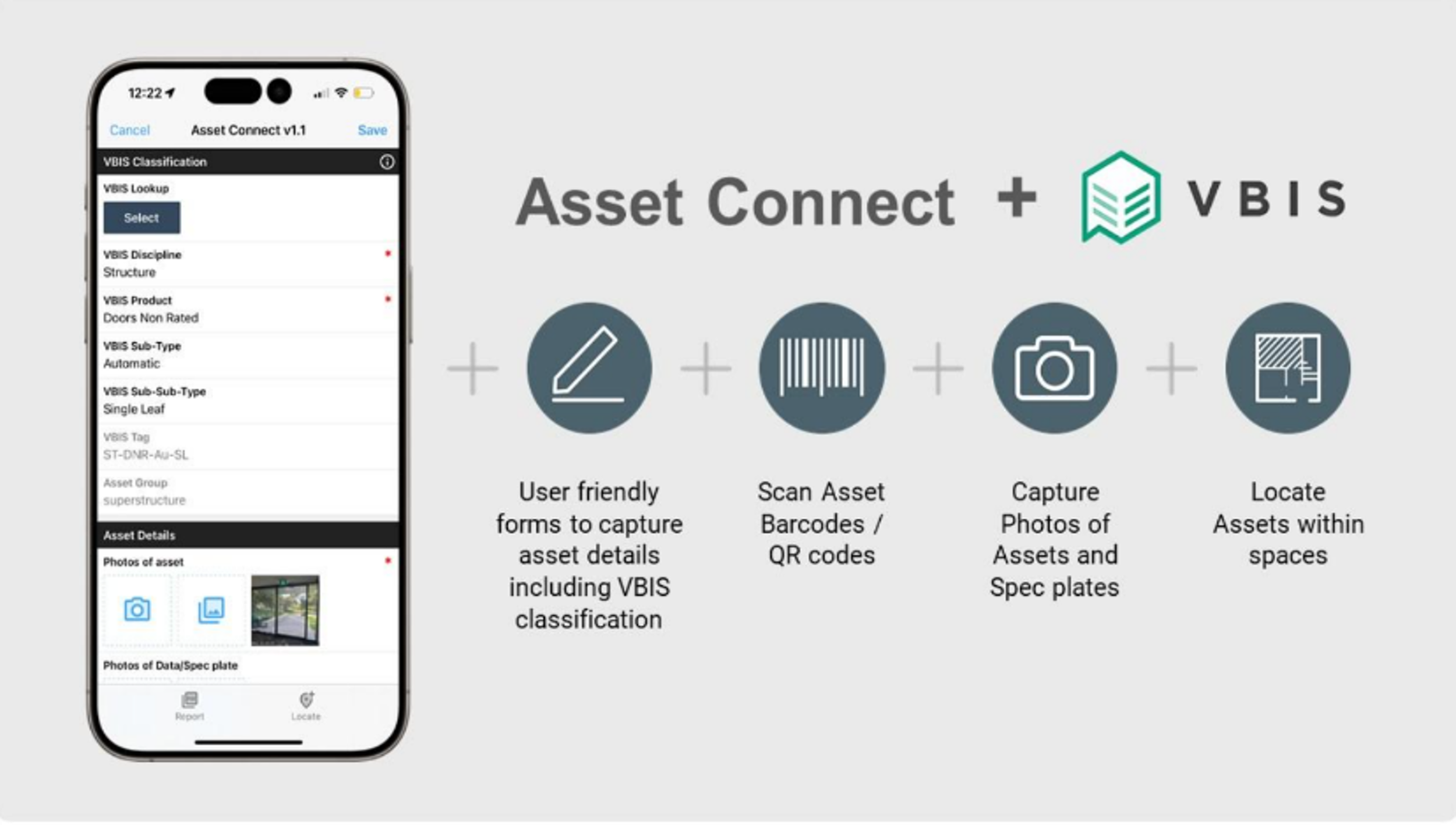Case Study: Implementing Virtual Buildings Information System (VBIS) Standard for Enhanced Asset Management and Analytics at Monash University
Founded in 1958, Monash University is a globally recognized institution of higher education and research based in Melbourne, Australia. Named after the distinguished military leader Sir John Monash, it is one of Australia’s Group of Eight (Go8) Universities, known for excellence in research, innovation, and academic leadership.
Monash University has grown to become Australia’s largest university, with a strong international presence. It operates four campuses in Australia in Clayton, Caulfield, Peninsula, and Parkville and international campuses and partnerships in Malaysia, China (Suzhou), India, and Indonesia, as well as a joint graduate school in China with Southeast University, Research and learning centres in Italy (Prato) and the UK, strengthening its global footprint. With a student community of over 85,000 students from 160+ countries, makes it one of the most diverse universities in the world.
Opportunity
Monash University, Buildings and Property, manages a complex asset portfolio, supporting teaching and critical research facilities. They were facing significant challenges in asset classification, data structuring, and analytics due to disparate asset naming conventions and fragmented data sources across multiple service contractors. Without a standardized system, asset information was inconsistent, making it difficult to perform data analysis supporting data-driven decision-making, compliance reporting, and lifecycle planning.
To address these challenges, the Monash University implemented VBIS Standard, a structured classification and naming convention framework, ensuring data integrity, interoperability, and analytics readiness. A critical part of this journey was the collaborative development of an asset register template, defining clear requirements of data that are required for business insights, life cycle analysis and operational strategies. VBIS worked closely with key stakeholders to define information requirements and create a standardized format for asset classification.
Why VBIS?
The adoption of VBIS Standard over other asset classification and data structuring standards was driven by its flexibility, industry alignment, and integration capabilities. Unlike traditional asset management frameworks, VBIS offers a standardized yet adaptable approach that ensures consistency while accommodating the diverse and evolving asset base of Monash University.
Key advantages of VBIS Standard include its structured asset data model and hierarchical classification that aligns with international best practices while being adaptable to university specific infrastructure needs. Additionally, it facilitates seamless interoperability with existing CMMS, IoT platforms, and digital twins, ensuring that asset data is not siloed but fully integrated into broader digital transformation initiatives.
Its strong data governance framework also supports regulatory compliance, risk management, and audit readiness, making it a future-proof solution for strategic asset planning and analytics.
Challenges before VBIS Standard Implementation
Prior to adopting the VBIS Standard, Monash University encountered several key issues:
Inconsistent Naming Conventions: Different service providers and departments used varied asset naming formats, leading to duplication, misclassification, and confusion.
Disparate Data Sources: Asset data was stored in multiple, disconnected systems, making integration and cross-system reporting difficult.
Limited Analytics Capabilities: The lack of structured data meant that predictive maintenance models, capital planning, and asset performance analysis was very difficult and highly error prone, mainly dependent on Contractual KPI reporting.
Compliance and Reporting Challenges: The fragmented asset data structure and local naming of equipment made it an error prone and difficult to report on.
On a journey to a standardised digital asset register with VBIS
Recognizing the need for a robust and standardized asset register that forms the basis of advanced analytics and laying groundwork for future AI adoption, the University engaged VBIS to lead a consultative process with stakeholders. This collaborative journey included the following key steps:
1. Stakeholder Engagement & Information Gathering:
To ensure a comprehensive and standardized asset management framework, Monash University engaged key stakeholders across multiple domains. Facilities and Asset Managers provided insights into operational challenges and data reporting needs, ensuring the system addressed practical asset lifecycle management concerns. Maintenance and Service Contractors played a crucial role in aligning asset naming conventions, reducing inconsistencies. IT and Data Analytics Teams ensured that the asset data structure was optimized for seamless integration, advanced reporting, and analytics. Lastly, Compliance and Risk Management Teams collaborated to align asset data with regulatory and audit requirements, enhancing governance and adherence to industry standards. This cross-functional engagement was critical in developing a structured and scalable asset register.
2. Defining Information Requirements:
Based on stakeholder input, VBIS defined a structured asset data model to enhance consistency, usability, and integration. This included Core Asset Attributes, standardizing essential fields such as asset ID, category, location, manufacturer, install date, condition rating, and lifecycle status. A Hierarchical Classification system was established to logically group assets, ensuring alignment with industry standards and improving asset tracking. Integration & Interoperability considerations ensured seamless compatibility with existing CMMS, IoT systems, and digital twin platforms for real-time monitoring and analytics. Additionally, Data Governance & Ownership principles were embedded to maintain data accuracy, accountability, and compliance with regulatory and audit requirements
3. Developing the Asset Register Template:
VBIS collaborated with the university to design a robust asset register template, which provided structured classification for improved analytics and reporting.
4. Full-Scale Deployment & Training:
Once validated, the asset register template was rolled out university-wide, with Comprehensive training for stakeholders on data entry and governance
5. Implementation:
Since implementing VBIS Standard, the university has realized significant improvements in standardisation of asset names and classification leading a pathway to:
A standardised asset data collection tool that has enabled a Live digital asset register.
Adopt VBIS Standard for capital project planning, ensuring consistency across asset life cycles.
Developing a clear understanding of how many similar types of assets are held in the ecosystem and their worth that will support improved robust procurement strategies and value realisation in the future.



